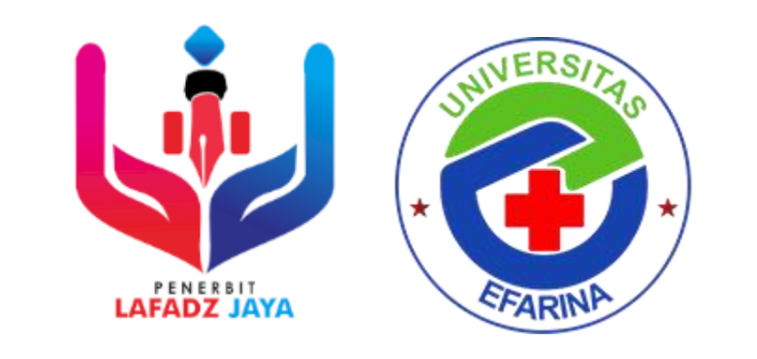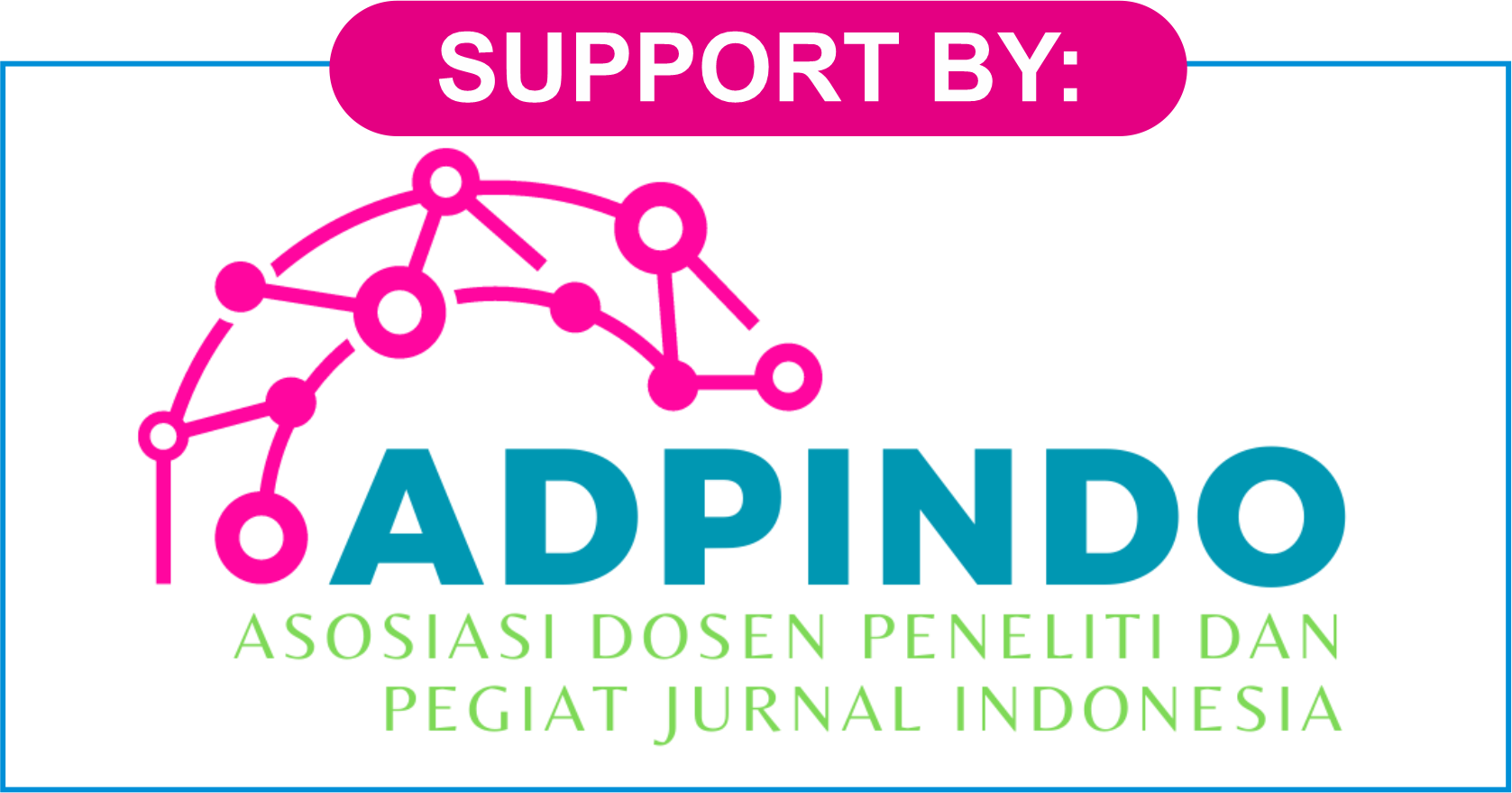Process for Handling Corrections, Retractions, and Editorial Expressions of Concern
The Journal of Psychology and Health Sciences (SIKONTAN) is committed to maintaining the highest standards of academic integrity, transparency, and accountability in publishing. If issues arise that affect the validity of a published article, we adhere to clear and fair processes for handling corrections, retractions, and editorial expressions of concern.
1. Corrections
A correction may be issued when a published article contains errors that do not affect the validity of the study’s conclusions but need to be addressed for clarity or accuracy. Corrections may include errors in:
-
Typographical or formatting errors
-
Incorrect references or citations
-
Misreported figures or tables
-
Minor inaccuracies that do not compromise the validity of the results or conclusions
Process for Handling Corrections:
-
Identification of Error: Corrections can be identified by the author, editor, reviewer, or any other party involved. The error should be clearly documented and described in detail.
-
Author’s Responsibility: If the correction is identified by the authors, they should immediately notify the editorial team, explaining the nature of the error and how it affects the manuscript. Authors should submit the corrected version, providing a clear description of the changes.
-
Review and Approval: The editorial team will review the proposed correction, ensuring that the change does not alter the integrity of the study or its findings. If the correction is minor and does not affect the main conclusions, the editorial team will approve the correction.
-
Publication of Correction: A correction notice will be published in the next issue of the journal or posted online. The original article will be updated to reflect the correction, and the correction notice will link to the corrected version of the article.
-
Clear Documentation: The correction will be clearly marked in the article, and the original publication date will remain unchanged to maintain the publication record. The correction notice will include the reason for the correction and the changes made.
2. Retractions
A retraction may be issued when an article contains significant errors or issues that compromise the scientific integrity of the research, such as:
-
Data fabrication or falsification: If it is determined that data have been intentionally fabricated, manipulated, or misrepresented in any way.
-
Plagiarism: If the article is found to contain plagiarized content.
-
Ethical violations: If ethical guidelines, including informed consent or ethical approval, were not followed.
-
Serious methodological flaws: If a fundamental error in the methodology invalidates the findings and cannot be corrected through a correction.
-
Duplicate publication: If the article has been published elsewhere without proper acknowledgment.
Process for Handling Retractions:
-
Initial Investigation: If an issue is identified that may warrant a retraction, the editorial team will begin a thorough investigation. This could involve communicating with the authors, reviewers, or relevant institutions.
-
Communication with Authors: The authors will be notified of the concerns and given the opportunity to explain or respond. If the authors acknowledge the issue, a retraction may be agreed upon. If the authors contest the issue, the editorial board will make an independent assessment.
-
Independent Review: If the matter is serious, the editorial board may involve external experts to review the article's integrity, particularly in cases of data manipulation, plagiarism, or unethical practices.
-
Decision to Retract: If the article is found to violate ethical or scientific standards, the editorial team will issue a retraction notice. The retraction will clearly state the reason for retraction and will be published in the journal and linked to the original article.
-
Publication of Retraction: The retracted article will remain online but will be clearly marked as retracted. The retraction notice will explain the reason for the retraction and will be easily identifiable to readers.
-
Clear and Transparent Documentation: The retraction notice will be linked to the original article, and the article will be updated with a retraction statement. The retraction will be recorded in the journal’s publication history.
3. Editorial Expressions of Concern
An editorial expression of concern may be issued when there are concerns about an article that may not warrant an immediate retraction but requires public acknowledgment, particularly when there are issues that need further investigation or clarification. These concerns can arise in situations such as:
-
Ongoing Investigations: When a serious issue with the article (e.g., ethical violations, data concerns) is under investigation, but a conclusion has not yet been reached.
-
Unresolved Ethical or Scientific Issues: If there are questions regarding the article’s scientific integrity or ethical compliance that need to be addressed before the issue can be fully resolved.
-
Unconfirmed or Pending Allegations: In cases where there are credible allegations (e.g., fraud, misconduct) but not enough evidence to retract the article at the time.
Process for Handling Editorial Expressions of Concern:
-
Initial Concern Raised: If concerns arise, whether from the public, reviewers, or editorial team, the editor will begin an initial investigation into the issue.
-
Engagement with Authors: The editorial team will contact the authors to discuss the concern and request clarification or additional documentation regarding the issue in question.
-
Interim Actions: If the issue cannot be immediately resolved but warrants notification to the readership, the journal may issue an Editorial Expression of Concern. This statement will notify readers of the unresolved issue and provide information about ongoing investigations or actions being taken.
-
Transparency in Communication: The editorial expression will be transparent, outlining the specific nature of the concern, the steps being taken to address it, and the anticipated timeline for resolution.
-
Follow-up: Once the investigation is complete and a decision has been made (whether the article is corrected, retracted, or upheld), a further statement will be issued. If the issue is resolved satisfactorily, the editorial expression of concern will be updated to reflect the final outcome.
4. Handling Author Disputes
In cases where an author disputes a correction, retraction, or editorial expression of concern, the editorial board will:
-
Review the dispute in a fair and unbiased manner.
-
Provide the author with an opportunity to submit evidence or clarification in response to the decision.
-
Consider all available evidence and may seek external consultation if needed.
-
Communicate the final decision to the author, ensuring transparency in the process.






